Hidden Symbols
By: Maxim Velčovský, Based on Manifest of Luxury by Carl Laszlo
Photo: Studio JAFR
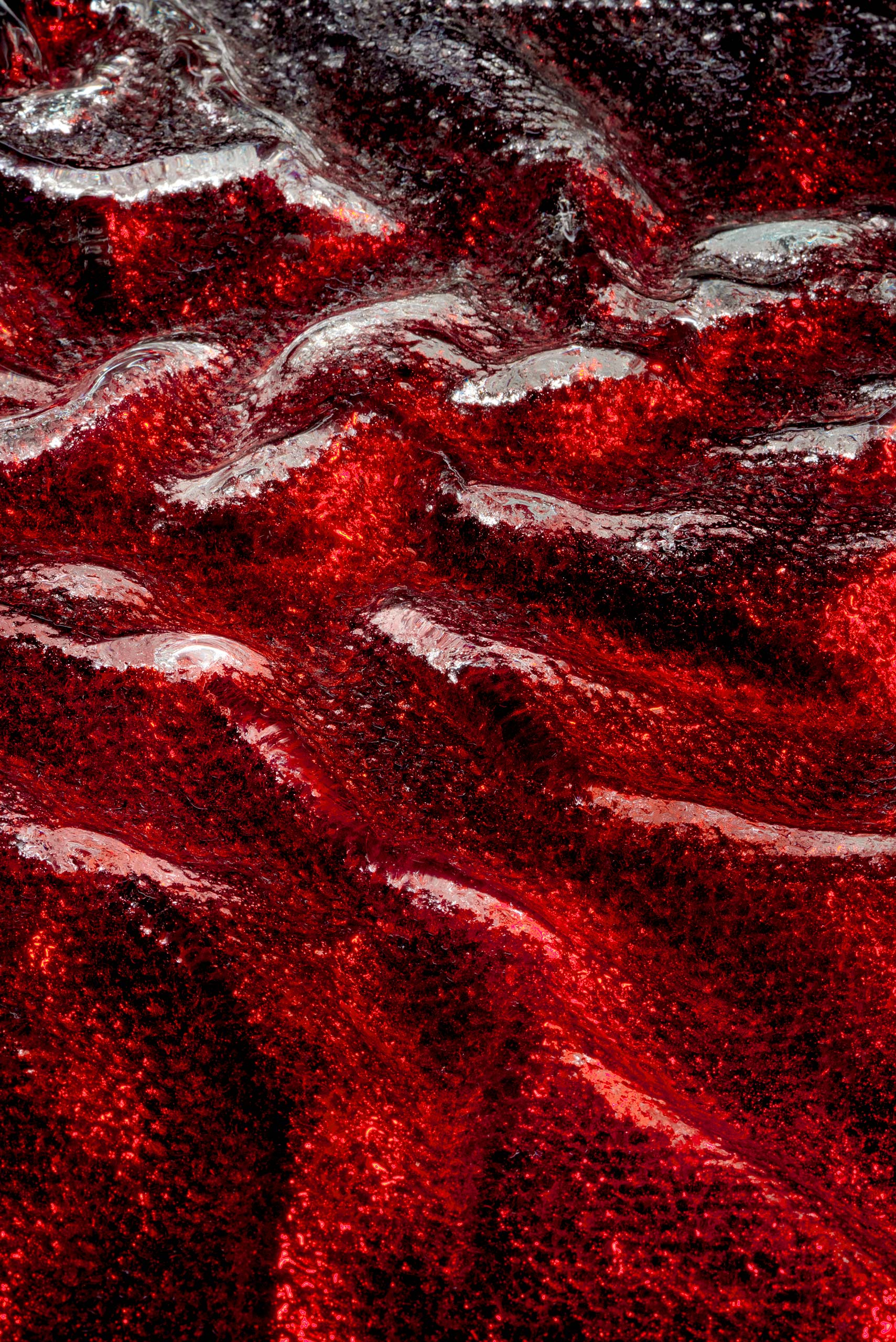
In addition to standardized solutions, we are also able of producing custom glass for architecture. Our bespoke crystal glass solutions are available in various colors, textures and sizes.
For me, every personal space is a certain form of a shop window, regardless of how large a space we occupy. Vincent Van Gogh painted the most beautiful works in a small atelier and Diogenes formed the most essential thoughts in a barrel. The territories we chose for living can be completely different. It’s like choosing an apartment where we decided to live for a while. We select it based on its size, location, neighborhood or perhaps the view from the window. Our spaces are bizarre cabinets of curiosities with which we fill entire lives and that tell more about us than we can say ourselves.
I’m a child of the Cold War and lived my childhood during Communism and my adolescence in early Capitalism. Prior to the Velvet Revolution of 1989, it was nearly impossible to travel. One grew up behind the Iron Curtain and the internet didn’t yet exist. What we had was censored, deformed news from the world, books and people who told stories of what they saw and experience abroad. Their stories crystallized my imagination. Various travelers brought back items from distant lands and they became symbols.
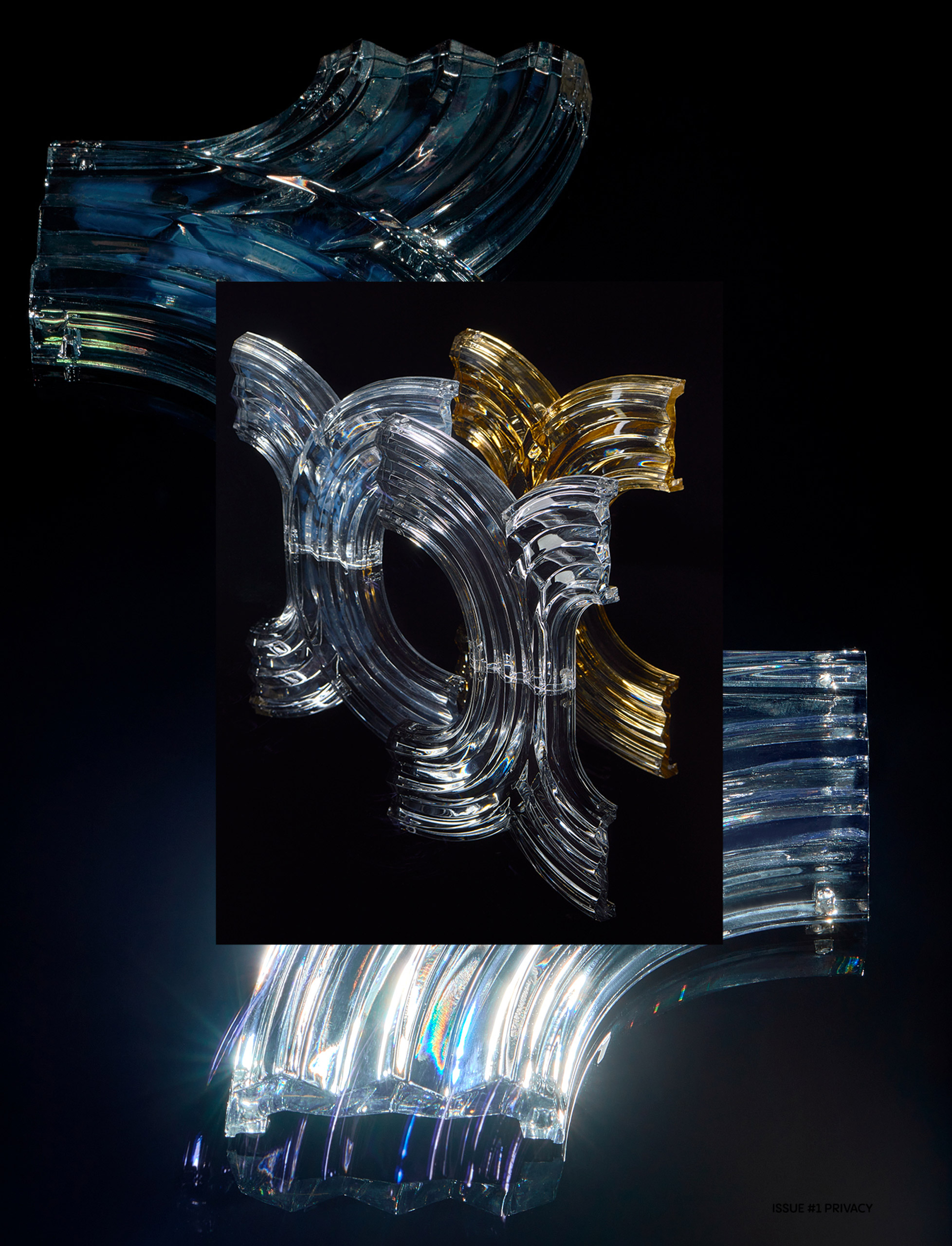
An original set of crystal components with a highly aesthetic set of predefined patterns. That’s the story of Crystal Wall, a new and uniquely versatile installation that bridges the boundary between applied and original art. The components are fortified with either highly polished steel, a very strong internal rod structure, or are mounted onto a supporting structure to create the same effect.
You have no idea what a luxury it was in those times to receive a can of Coca-Cola. It was the taste of the West and every cool kid in the East collected cans with different covers that formed sort of a puzzle image about the world beyond the curtain in their small room.
“Luxury is freedom. Luxury confronts the infinite self-awareness with the inferior or superior feelings of others. Luxury makes a person independent, brave and honest. Luxury meets with everything natural and human with the greatest courtesy. Luxury protects against envy and false vanity, arouses one‘s desires and encourages thoughts of independence and small ventures. Luxury rejuvenates, protects health and supports digestion. Luxury helps us resent greedy missionaries and stuffy assassins.”
Carl Laszlo, Manifest of Luxury, 1973
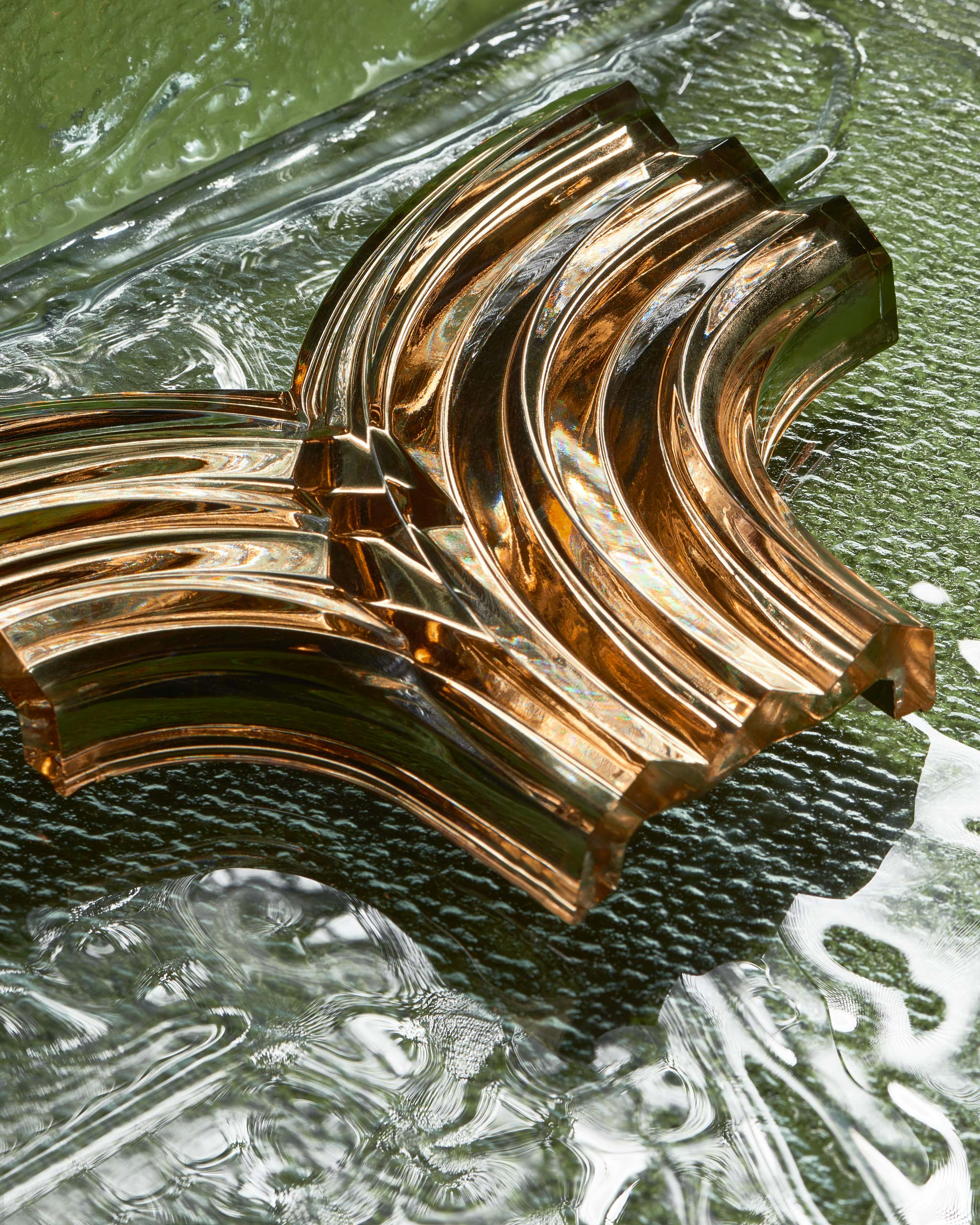
Historically, a wall was nearly always constructed to protect things inside and therefore its primary function was to separate people from one another. However, Lasvit Crystal Wall offers the practical versatility of a unique architectural tool as an extra bonus. The individual components are available in silver, gold, copper, bronze and graphite finish.
I saved this collection and never threw it out. The greatest luxury is to protect meaningless things with personal value and transcendence, as they sometimes manage to even move an Iron Curtain. As a child, I spent time with my parents in many art ateliers and realized there are many creative expressions of the same time period and each of us is able to pick the one they prefer. And so I began collecting design items and, later, art. In the case of design, I was fascinated by its serial production and democracy, in case of artefacts, their uniqueness.
In each city that I visit, I stop at a local junk shop that usually hides treasures from the past. It’s a mix of products and objects that, for some reason, stopped being produced, although they are frequently very beautiful. I admire these things for their authenticity and newly-acquired uniqueness. I collect them and use them for inspiration because nobody cares to produce them these days.
From time immemorial, people have needed to surround themselves with objects that become symbols. These are items that absorb our emotions and experiences in order to mirror them for years to come. Every time we pass them, glance upon them or fleetingly touch them, our mind immediately recalls a specific memory. We are the only ones who recognize this association, bound with the object through a secret treaty that only exists through our connection.
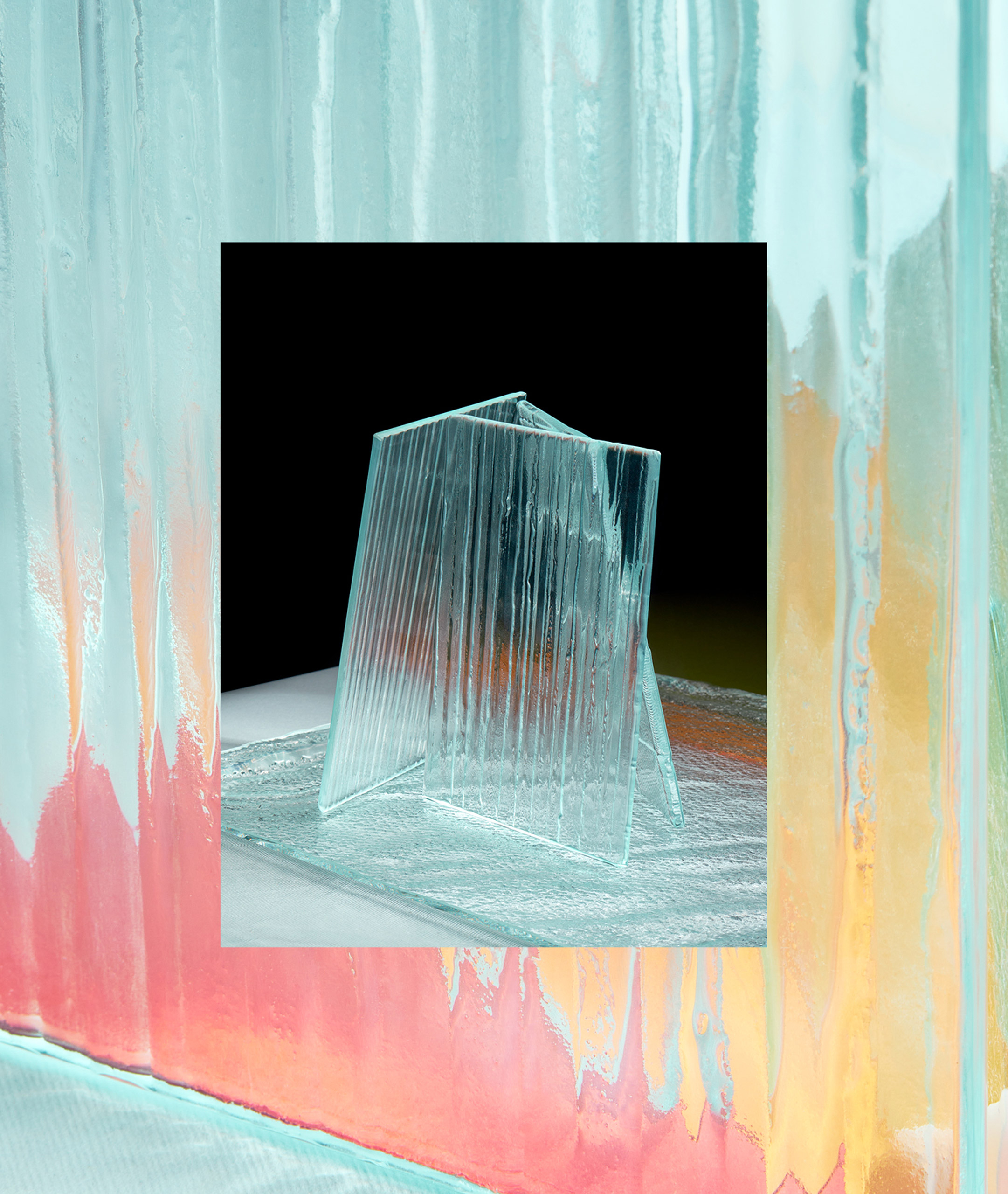
Another type of glass for architecture solutions is inspired by textile tapestries and curtains, which have always been considered monumental achievements in traditional artisan crafts. The Tapestry and Curtain Collection draws heavily on this legacy of fine craftsmanship, playing with glass in new and unexpected ways. Originally, tapestries turned simple textiles into storytelling pieces of art that often decorated the walls of palaces or castles. The LASVIT Tapestry is a contemporary take on an abstract glass mural.
For others, these items only represent the irregular structures of several centimeters of rock sediment, but for us they contain a story from a journey, remind us of meeting friends or transport us to a favorite place. The most ordinary piece of a rock found at the right time at the right place suddenly becomes a gem, the carrier of memories, an amulet from our trip, the corpus delicti of our existence. That stone is capable of mentally teleporting us thousands of kilometers away. There are no two identical stones in this world and our personal story fills these items with an additional layer.
“Luxury fights for rarity and everything special: for expensive books, for unique pieces in all fields, for ex libris, monograms, portraits, for magic of signatures, for enchantment, for rituals, for objects of significance, for rare stones and people, for joy, desires, austerities and handwritten letters. Luxury is the constant training of death, eternal farewell. Luxury means accepting one‘s destiny without surrendering to it. Luxury is to do only what one considers right. Luxury is freedom.”
Carl Laszlo, Manifest of Luxury, 1973
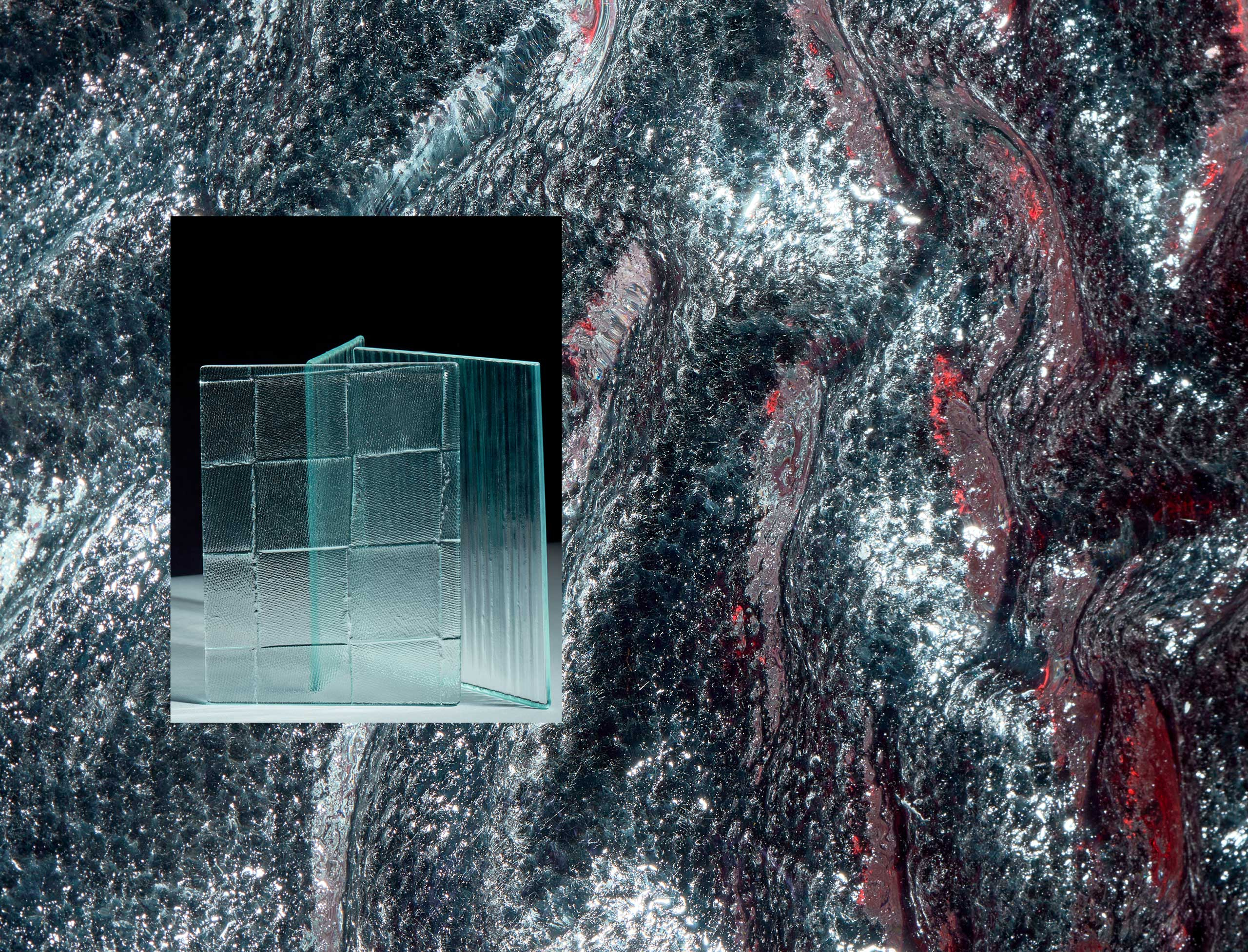
The Tapestry and Curtain Collection offers three types of structures – vertical stripes, drapery and grid – in crystal clear glass that can be combined with metal detailing and finished in brushed stainless steel, polished stainless steel, or light gold finishing. The layering renders a delicate, understated look ready to complement a wide range of interiors.
I like the short text by the Hungarian psychoanalyst and art collector Carl Lazlo from 1973, where he captures the true essence of freedom. Not incidentally, it is named the Manifest of Luxury. The frequently overused word luxury is vulgarized and has dicey meanings. At times, luxury is the magic formula for snobs who cannot express the reason they admire a certain thing. That alone is a rather sad image. But if you admit this fact, it’s actually a very luxurious epiphany and there is nothing to be ashamed of. The meaning of the word luxury changes, mutating with us over the course of a lifetime and we learn to explore and understand it. And because luxury is connected with the continuum of time and decisions, this is even logical. The greatest luxury is freedom…
Maxim Velčovský completed his studies at the Academy of Arts, Architecture and Design in Prague and in 2002 he became co-founder of the Qubus design studio. He participated in over ninety joint exhibitions and his works are, for instance, included in the collections of the Victoria & Albert Museum in London, The New Pinakothek in Munich, the Museum of Art and Design in Prague, or the Design Museum in Lausanne. In 2007, he won the Czech Designer of the Year award. In 2011, while also heading the Ceramics and Porcelain Atelier of the Academy of Arts, Architecture and Design in Prague, Velčovský became Art Director of LASVIT. Based on his 10 years of achievements in LASVIT, Maxim has been named the winner of Interior Design’s Best of Year Awards 2020 in the “Manufacturer: Creative Director” category.


